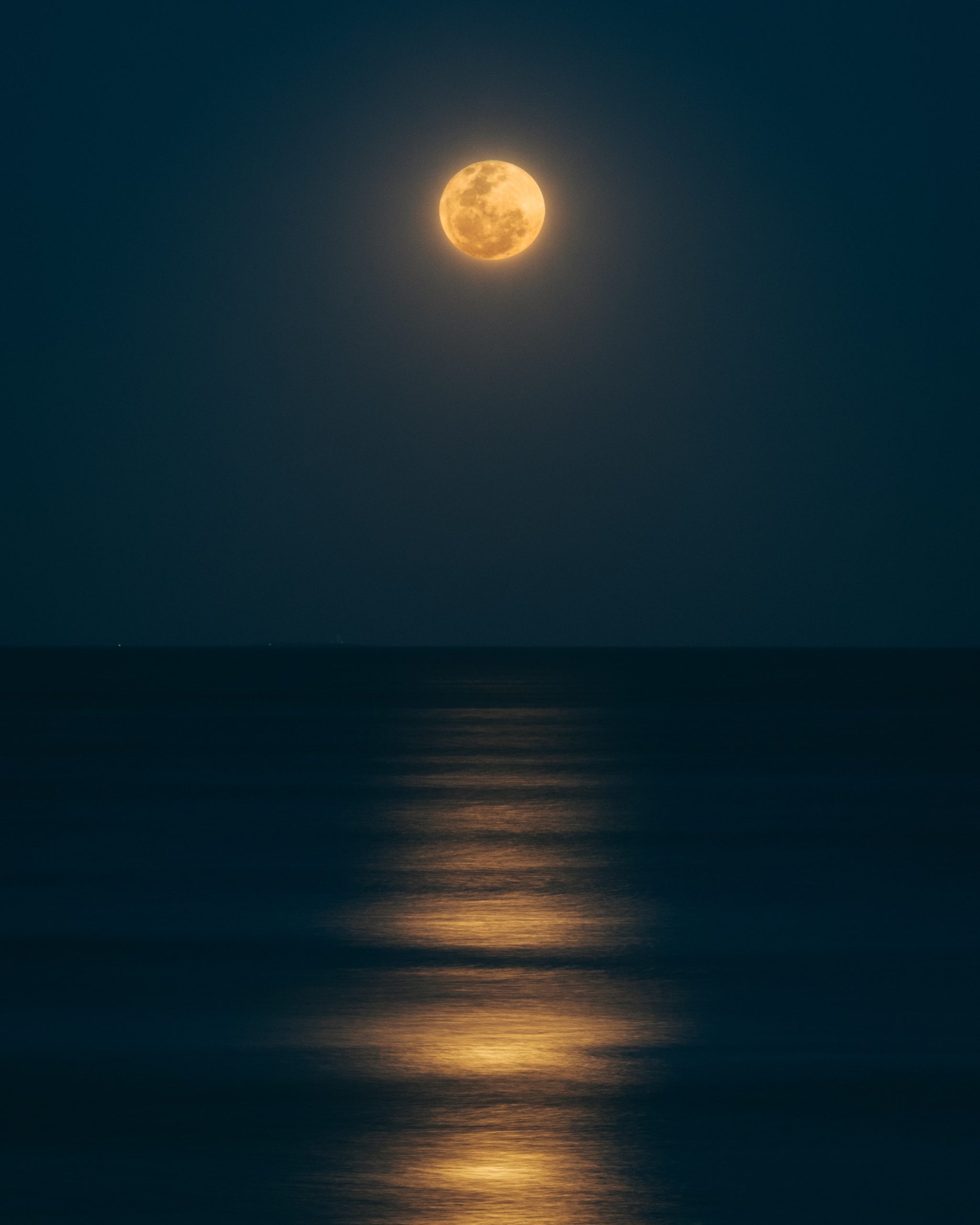What is the Moon Festival?
Every year, millions of people around the world come together to celebrate the Moon Festival, also known as the Mid-Autumn Festival. This centuries-old tradition has its roots deeply ingrained in Chinese culture, but today, it is celebrated by numerous communities across Asia and beyond. The Moon Festival is one of the most significant and eagerly anticipated events of the year, marking the harvest season and the reunion of families. In this blog post, we will take a closer look at the origins, customs, and significance of this captivating festival.
Origins of the Moon Festival
The Moon Festival dates back over 3,000 years to the time of the ancient Chinese emperors. It is believed to have originated from the ritual of moon worship during the Shang Dynasty, where people would offer sacrifices to the moon as a way of expressing gratitude for a bountiful harvest. As time went on, the festival evolved to include various cultural and religious traditions.
One of the most popular legends associated with the Moon Festival is the story of Chang’e, a beautiful celestial being who ascended to the moon. According to the legend, Chang’e drank an elixir of immortality and was granted eternal life on the moon, separated from her beloved husband. To this day, people look up at the moon during the festival, hoping to catch a glimpse of Chang’e and her companion, the Jade Rabbit.
Time and Duration
The Moon Festival falls on the 15th day of the 8th lunar month, which usually corresponds to September or October of the Gregorian calendar. As the name suggests, the festival is centered around the full moon, which is believed to be at its brightest and fullest on this night. The celebration typically lasts for three days, with the main festivities taking place on the actual day of the full moon.
Traditional Customs and Activities
At the heart of the Moon Festival are the customs and activities that bring people together to celebrate. Here are some of the most notable traditions:
- Mooncakes: Mooncakes are a central element of the festival. These round pastries are filled with sweet or savory fillings and come in a variety of flavors. They are often given as gifts to family, friends, and business associates as a symbol of unity and good fortune. The elaborate designs imprinted on the mooncakes add an artistic touch to this culinary delight.
- Family Reunions: The Moon Festival is known for its emphasis on family togetherness. Like many other major Chinese holidays, it is a time when families from near and far come together to enjoy a festive feast, share stories, and strengthen familial bonds. It is also a tradition for family members to gaze at the moon together, even if they are physically separated.
- Lighting Lanterns: In many parts of Asia, lighting lanterns is an essential part of the Moon Festival celebrations. People write riddles or messages on the lanterns before releasing them into the night sky. It is believed that the lanterns carry away troubles and bring good luck for the coming year. This practice adds a beautiful and mystical ambiance to the festival.
- Dragon and Lion Dances: Colorful dragon and lion dances are commonly performed during the Moon Festival. These traditional dances involve acrobatic movements and vibrant costumes, accompanied by the beat of drums and cymbals. The performances are believed to bring good luck, drive away evil spirits, and ensure a prosperous year ahead.
Significance in Modern Times
While the Moon Festival remains deeply rooted in its cultural and historical origins, it has also become a celebration of universal values and aspirations. The festival transcends national borders and is embraced by people from diverse backgrounds.
In addition to its cultural significance, the Moon Festival has also taken on a metaphorical meaning. The full moon represents unity and completeness, making it a symbol of aspirations and dreams. Many people use the festival as an opportunity to reflect on their goals, express gratitude, and strengthen friendships.
Conclusion
The Moon Festival, with its rich traditions and captivating legends, holds a special place in the hearts of millions of people around the world. It is a time to gather with loved ones, indulge in delicious mooncakes, marvel at the illuminated night sky, and cherish the warmth of family and friendship. As the festival continues to evolve and adapt to the changing times, it serves as a reminder of our shared humanity and the importance of coming together in celebration.
Whether you are captivated by the mythical tales, intrigued by the cultural customs, or simply enticed by the mouthwatering mooncakes, the Moon Festival offers a truly enchanting experience that has stood the test of time.
Table of Contents
